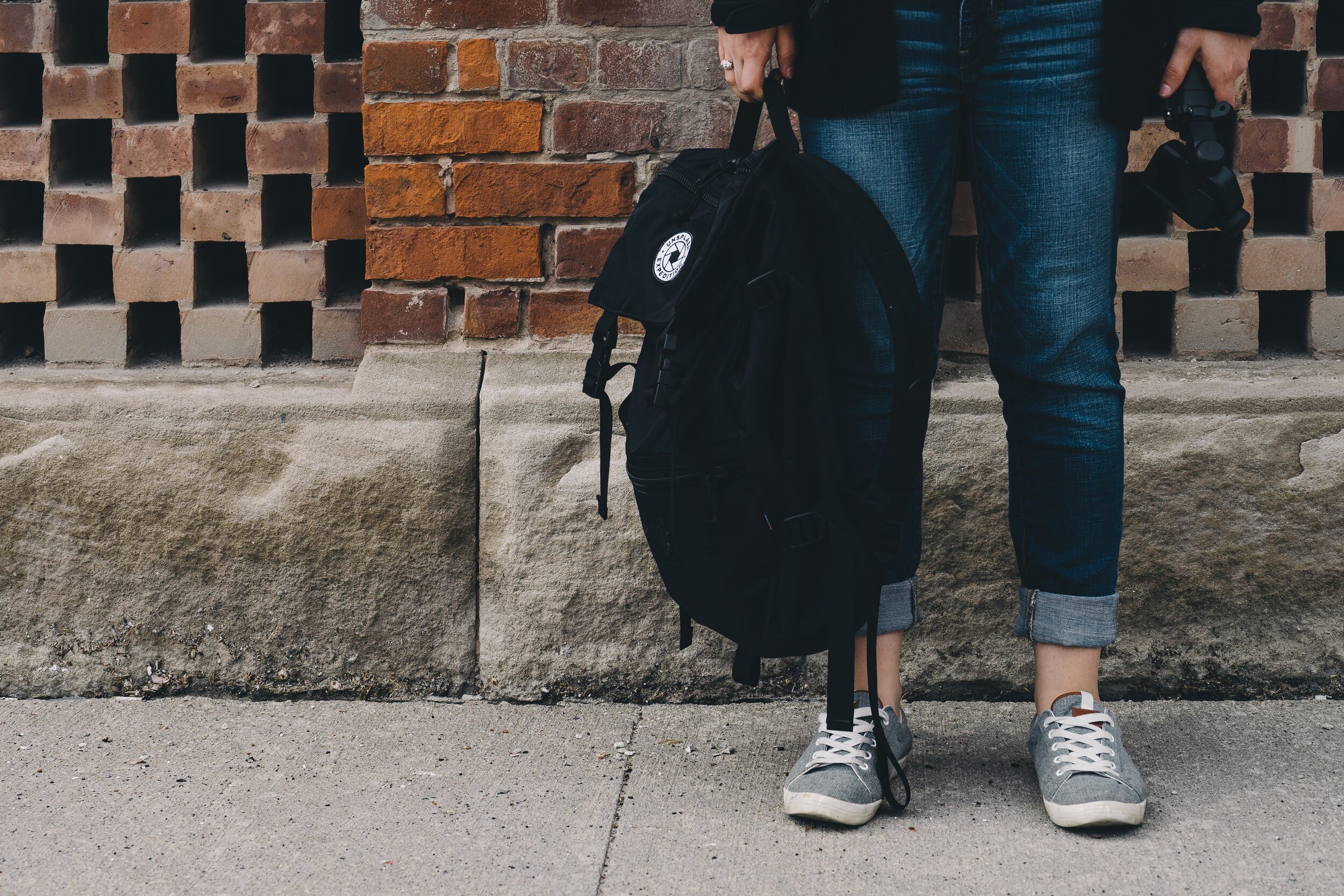Education Equity & COVID-19: A Call for Collaborative Action
Written by Bill Tucker, Associate Professor, Faculty of Education, Western University
There is no doubt that the past six months have been challenging for everyone in our community. I would suggest, based on my past experiences as an educator, that those children and young adults who were previously disenfranchised or occupied vulnerable positions in our society have been further affected by the constraints of isolation, social distancing and the withdrawal or partial withdrawal of services that offered support to these individuals.
All of my classroom teaching and most of my school administrative experiences were in schools located in economically challenged neighbourhoods. Saying that, I witnessed first-hand the pride that individuals had in their community, their children, and their schools.
My teaching in those neighbourhoods occupied some of the most enjoyable and rewarding experiences in my career. But I also saw the frustration of the working poor. I saw the impact on children who witnessed violence in the home. I saw the effects of bullying and I struggled with the intergenerational influence that Residential Schools had on my Indigenous students.
Students who are racialized, struggle with mental health, live in unstable home environments or are identified with special needs, often find life at school a daily challenge. When the pandemic hit and facilities closed, the supports available at schools and in our community disappeared overnight.
One of my undying beliefs is that education holds the key to unlocking doors and providing opportunities for individuals. My fear is that over the past six months, with schools closed, at risk students have fallen further behind in their education and social experiences – that their previous learning gaps have become chasms. One might argue that courses were offered online but this system of instruction was no panacea for these students.
As schools re-open and a ‘new reality’ emerges in terms of what the school day looks like there has been little to no discussion about how to reach those students who have been most impacted by the closing of schools or the potential future closings again, should the pandemic require it.
A small group of Londoners has been quietly exploring this. This group, made up of Western University’s Faculty of Education, South London Neighbourhood Resource Centre, London & Middlesex Community Housing, the Lawson Foundation, Westminster College Foundation, and LCF, quietly went about exploring options, ideas, and potential partnerships to address this critical need affecting our most vulnerable student population. Through a small pilot project this summer, LCF supported the strategies I believe need to be incorporated if we, as a caring community, are able to break down financial and systemic barriers to support our children. Those approaches mirror purposeful community consultation, collaboration and co-operation.
I would also propose a further step, a more adventurous approach to capture the energy being provided by LCF and its partners. For example, in the genesis of the City’s Child Youth Network (CYN) a group of public sector CEOs met a number of times to discuss how to support the collective good of the community – how to bring funding together to ensure the whole was greater than the parts. These critical and sometimes contentious conversations moved outside organizational silos and what was imagined, was accomplished.
We need to have these kinds of collective conversations again if we want to offer a cohesive, seamless program of support for those children and young adults who, through no fault of their own, have fallen further behind in their education and will find it difficult to unlock doors of opportunity.

